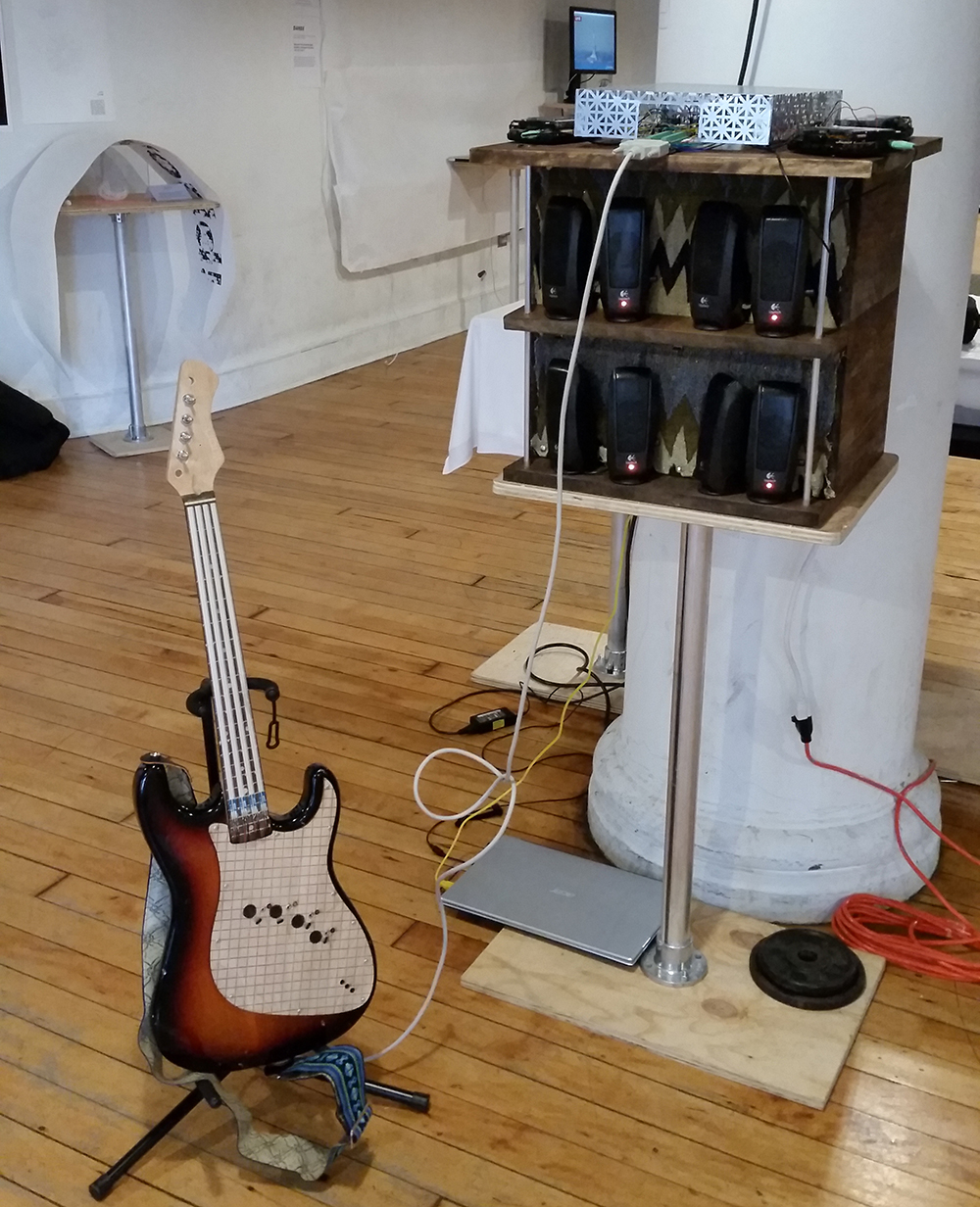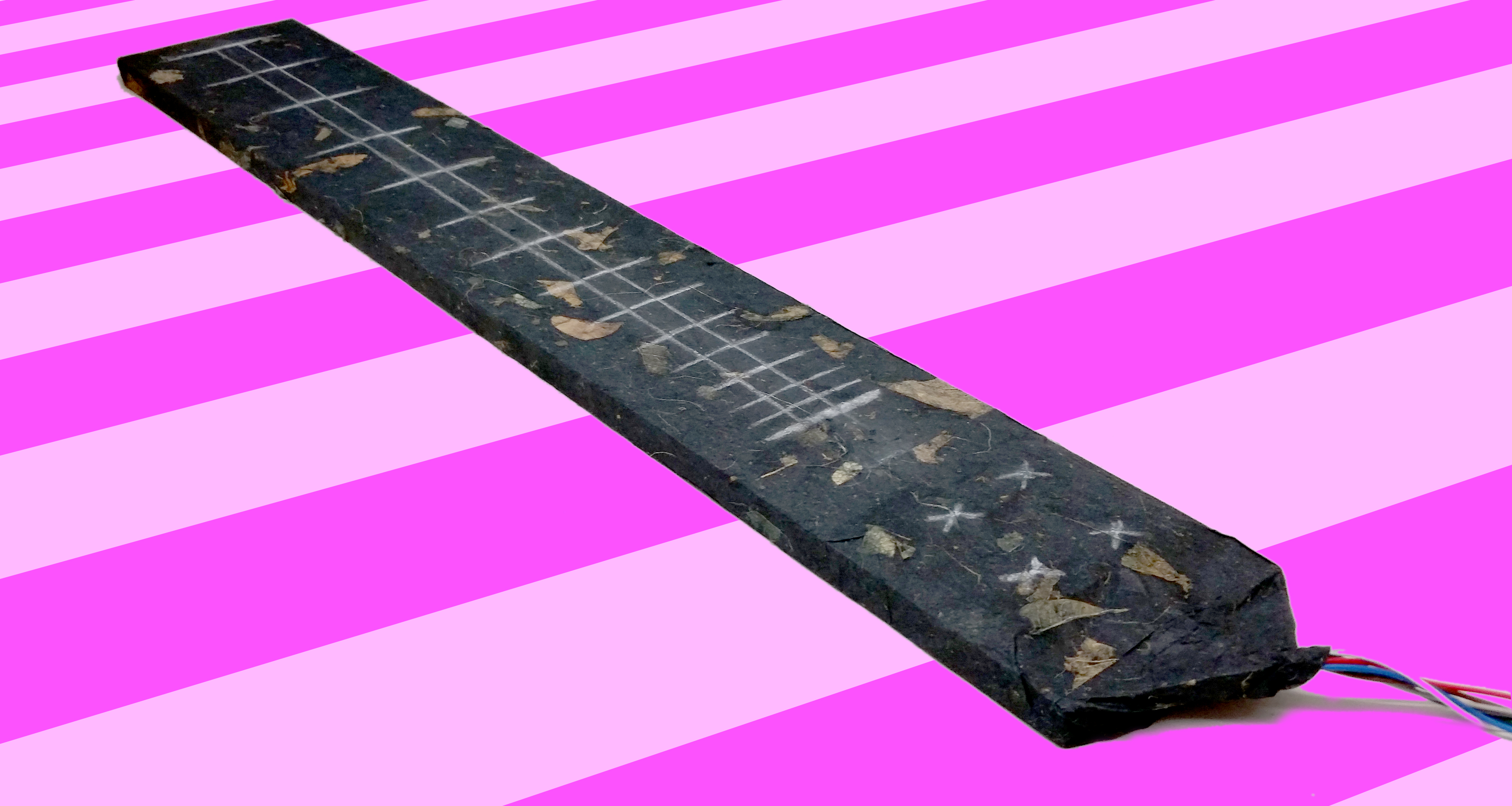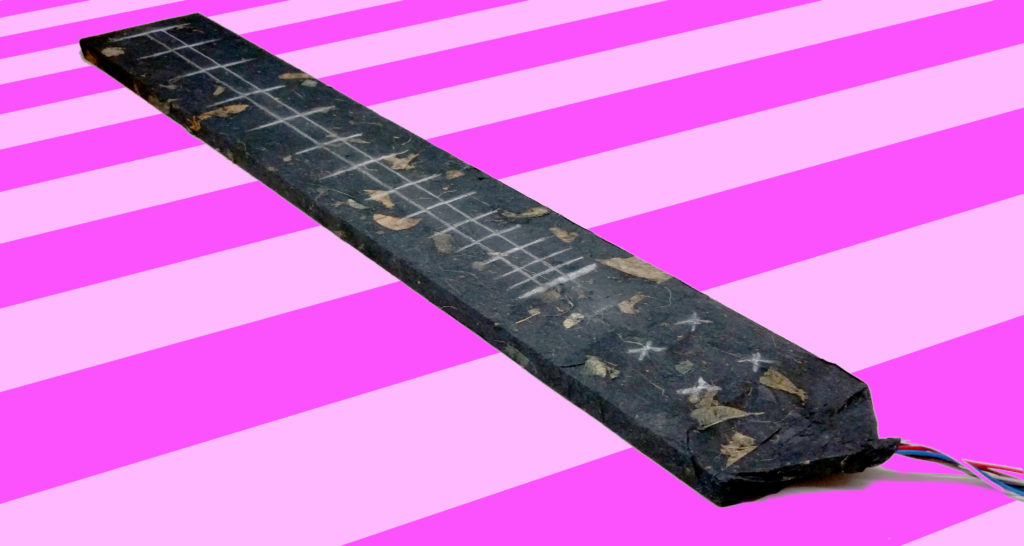The Ma-Bell-O-Phone repurposes old touch-tone telephones to make a new musical instrument, based on the “rules” of dual-tone multi-frequency tone dialing. Just like in an actual phone, the notes are made up of pairs of sine waves determined by the row and column of the button the dialer presses; unlike in an actual phone, the tones are musically coherent.
It utilizes the keypad, body and much of the internal circuitry of four AT&T/Western Electric Traditional 100 telephones, though the tones are generated by analog synthesizers of my own design, based on the Exar XR-2206CP analog function generator chip.
The circuit design ended up being insanely fun:
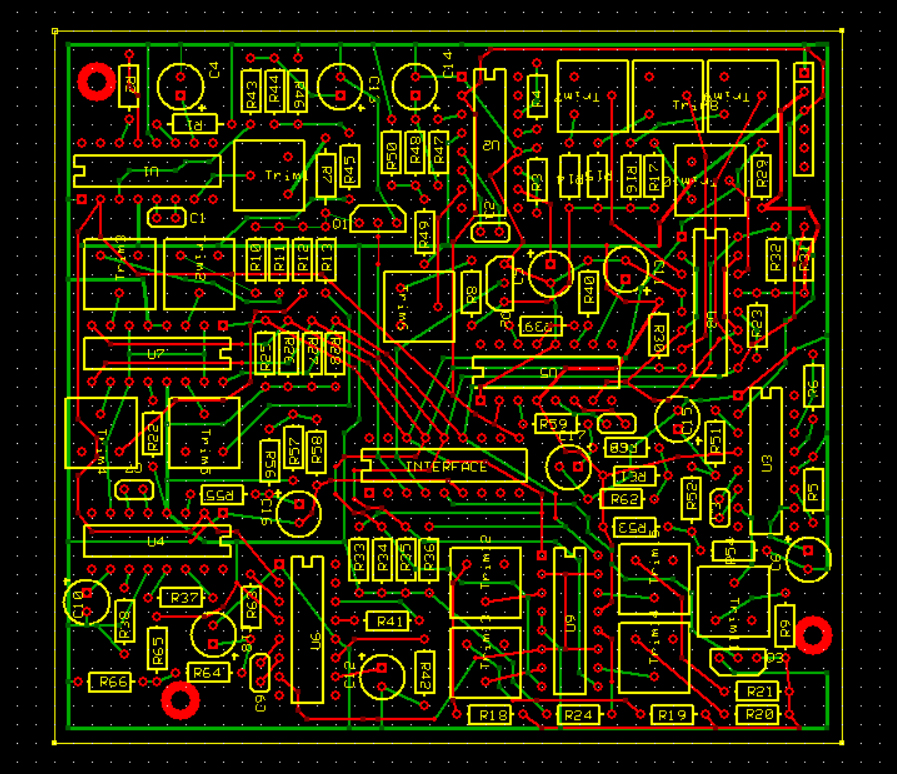
And an opportunity to hone soldering skils:
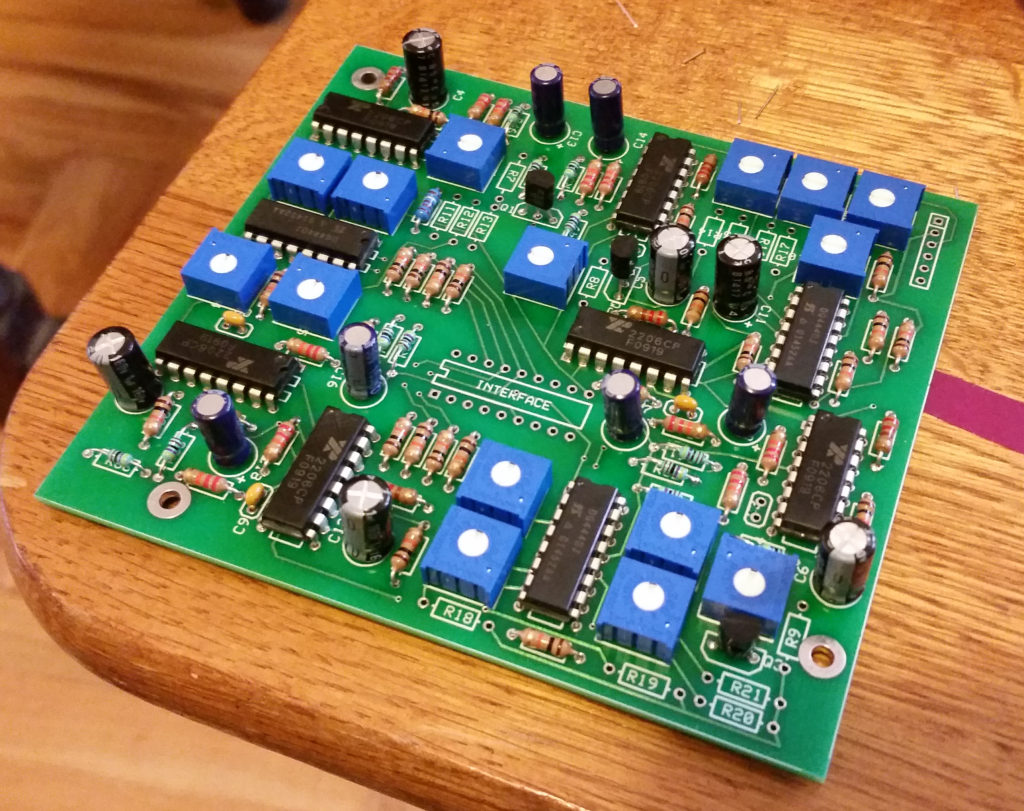
And then the whole thing is fine-tuned with a screwdriver, one tone at a time (there are 60 in all).
And it sounds rather lovely. The tones are organized in harmonic pairs – in each column of each phone, the root tone is consistent for the whole column and the second tone is the octave for the first row (i.e. keys 1, 2 and 3), the fifth for the second row (4, 5, 6), the major third for the third (7, 8, 9) and the minor third for the bottom row (*, 0, #). The roots span one whole octave, so theoretically one can play any melody on it.
Additionally, the handsets still work as microphones and speakers, though I haven’t yet managed to figure out a way to incorporate them into a performance.

